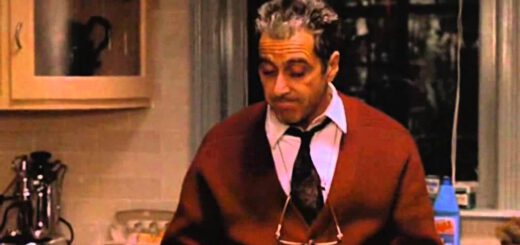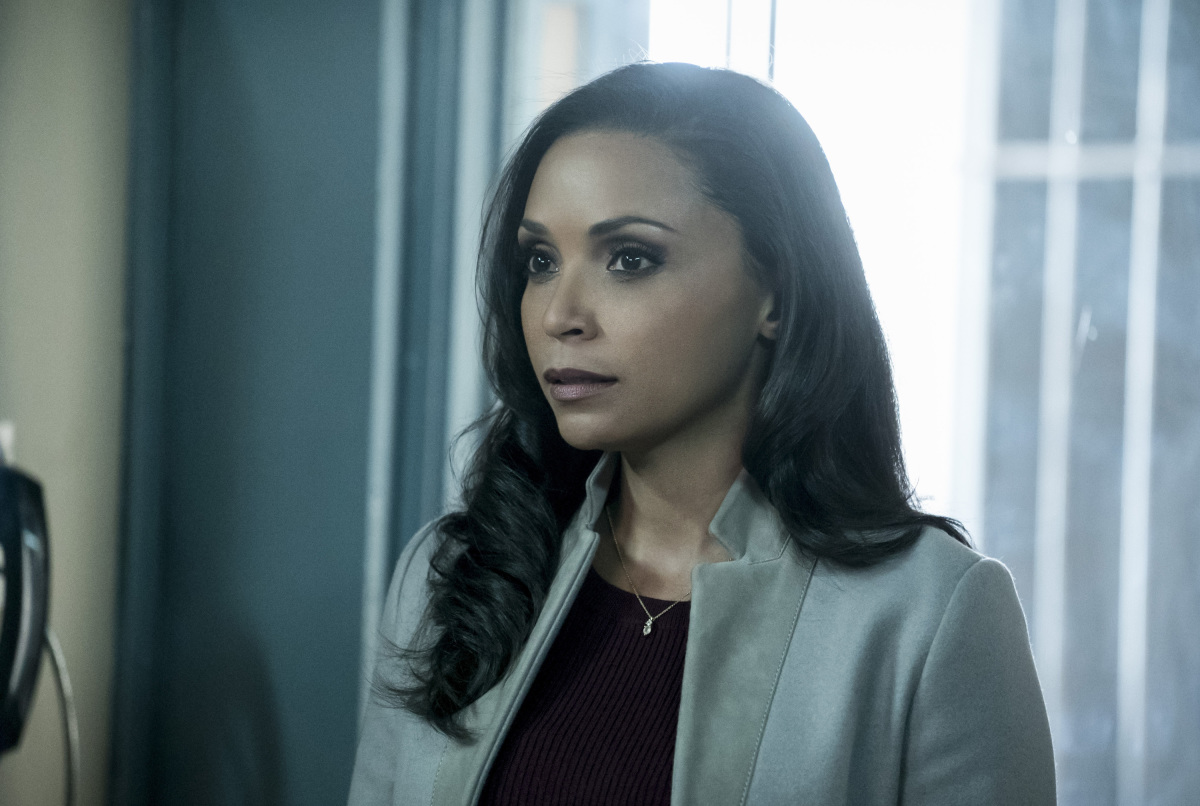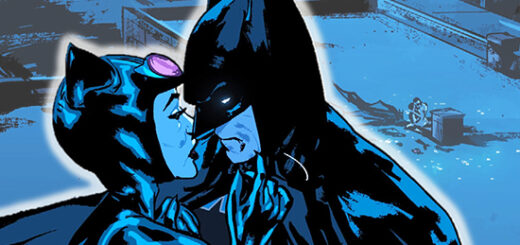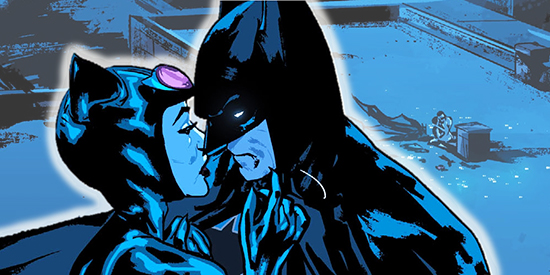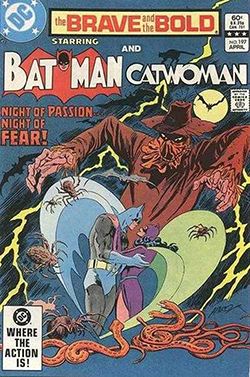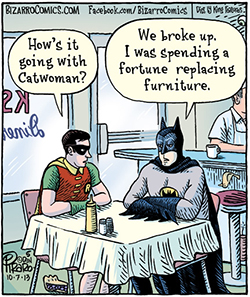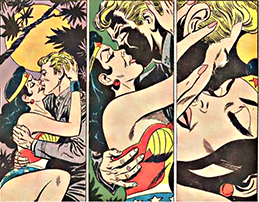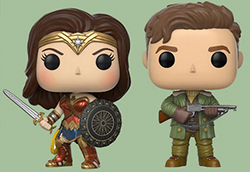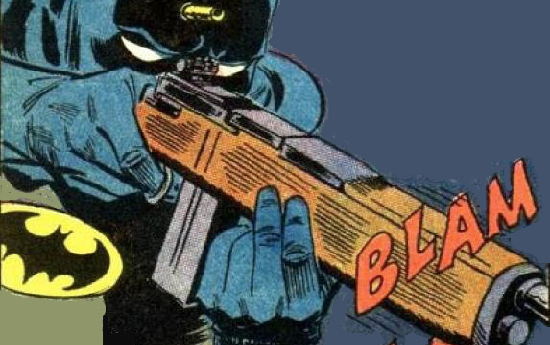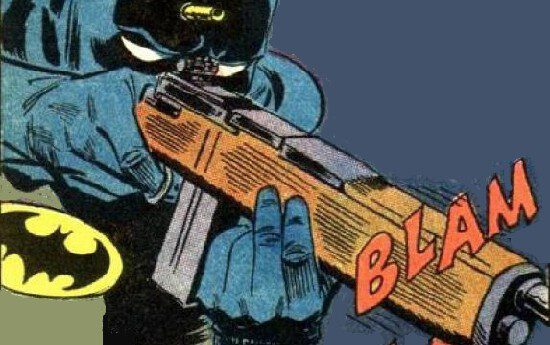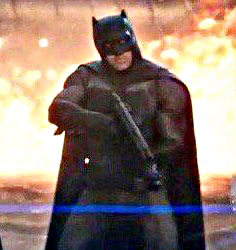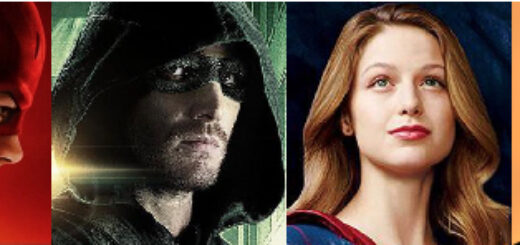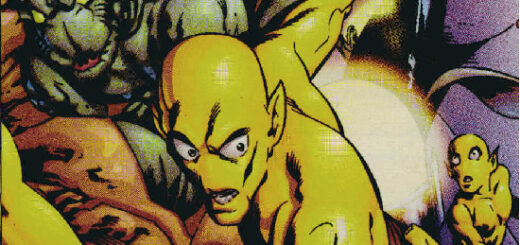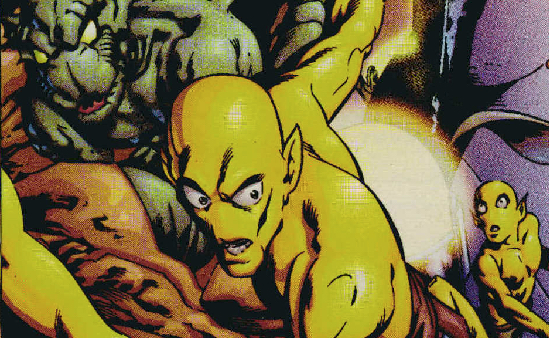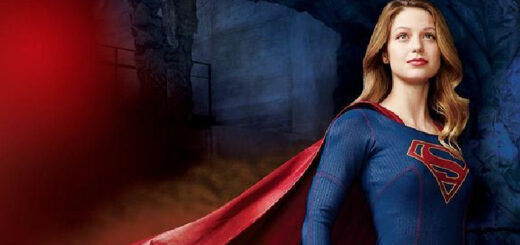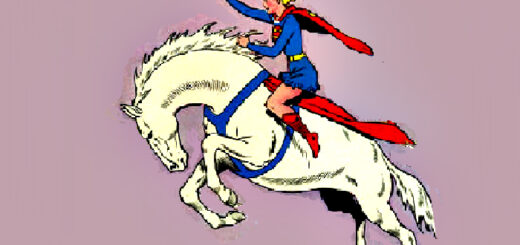My beloved Chicago Bears are a team in turmoil. After installing a new head coach roughly two seasons ago, the team has simply never gelled since. This being in spite of fielding a team that is built beautifully on paper. Suffice to say as a fan, I’m left crushed and crestfallen.
But whereas die-hard football fans would simply spend the remaining time of the current season hatewatching games and greedily predicting the firing of staff, I myself am choosing a path of less anguish. No denial, anger, bargaining, depression, or really even acceptance. I’m choosing instead the art of distraction. OK, sure I bet that files under denial, but c’mon: I’m not denying my Bears blew this season in all three phases of the game. Rather than wallow in it, I think it’s a better use of my time to use my somewhat encyclopedic knowledge of comic book characters to build my own team of comics-based footballery.
From time to time we’ve seen the occasional X-Men softball game. Or perhaps a few long-lost scenes of a young Clark Kent tossing the pigskin around. But no, here, I’m relying on the known commodity that is the playground What If game. Here, the rules are simple: I’m constructing my own team of comic book characters to be fielded against any of your chosen champions. In an ultimate contest of “…nuh-uh, my team is better!” It should be fun!
Head Coach: Batman
The best coaches are motivators and strategists. Not withstanding his physical abilities, the greatest asset of the Dark Knight truly is his mind. I could think of no one better to organize a team, develop strategies that capitalize on a team’s strengths, as well as poke holes in the opponents. And while no one on my team would necessarily attempt to “Win one for the Gipper” through some unspoken bond of camaraderie, let’s be honest: Bruce has enough bat-bucks to incentivize his team if the thrill of victory isn’t enough. Furthermore, if the man’s backup plans to defeat the JLA could be used to easily thwart the JLA, well, imagine what would happen if planning was his only job!
Quarterbacks: Captain America (starter), Hawkeye / Green Arrow (backups)
Face it, every team needs that moral center. And at the best teams within the NFL in my lifetime? You have your Tom Bradys, Peyton Mannings, Drew Breeses, and the like. They’re these good ol’ boys who can make stars out of everybody around them. They rally to save the day. They don’t make stupid mistakes when the chips are down. Captain America is all of that and more. He’s a leader – natch – a strategist, and more than capable of firing an accurate projectile. Simply put, there’s no way I could found my team without him at the helm on the field of battle. And as a safe backups? The archers are just safe bets to move the ball accurately across the field.
Running Back / Fullback: The Flash, Juggernaut
When it comes to setting the run down, I’m a firm believer in potent tandems. The Flash is of course the speed on the team. Get the ball in his hand, set his blocks, and he’s in the red zone before you can blink. And when finesse isn’t needed on the goal line? Just put it in the hands of the unstoppable force. And if you don’t believe this balance works? Go ask the 85′ Bears’ Walter Peyton and Walter Perry.
Wide Receivers: Hawkman, Spider-Man, Mister Miracle
The ability to “go up and get it” is my primary concern. Having a natural flyer, a first-class acrobat, and a man who can literally get out of any coverage he might be in, all in order to come down with the ball? Well, that spells yardage to me. And certainly in all three cases, getting yards after catch is clearly not a concern.
The Offensive Line: The Blob (Center), Colossus and Strong Guy (Guards), Bishop and Groot (Setting the edge)
When it comes to protecting the QB, I can think of no line better. I basically built off the idea of immobile behemoths who can stand as a literal human (and tree) wall, from which Captain America can stand behind full-well knowing he has precious time to survey the field. And considering the line consists of an immovable object, two top-heavy strong-men, a guy who can absorb kinetic energy, and a living tree who can at least make things thorny if a linebacker slips by… I’m pretty well set.
Tight End: Beast (starter), Hal Jordan (backup)
A good tight end is many things to a team. He’s a lead-blocker. A pass-catcher. A known diversion. Basically, in my eyes… a wildcard capable of disrupting a defense in any number of situations. I believe with a thinker like Beast lining up, I’d gain insight, agility, and raw strength when needed. And should he be too physical a presence? Well, ole’ Hal and his trust emerald ring of power would do plenty to keep an opposing defender distracted. And hey, no one said you can’t catch a pass with a giant boxing glove, right?
The Defensive Line: Solomon Grundy, Grodd, Doomsday, The Thing
Forgive me: I just wanted four big, mean, nasty dudes ready to tear apart anything that moves when the ball is hiked. I give myself +5 points for choosing a monkey with telepathic powers to boot.
Linebackers: Thor, Hulk, Wonder Woman
Much like the D-Line, my LBs are all about aggression. But unlike Grundy and the gang, here I wanted to add a bit of mobility. While Hulk isn’t exactly light in the loafers… he more than makes up for it with the ability to leap great distances. And anyone who tried to skirt past either of my demi-gods will be eating dirt I say. Verily!
Safeties: Iceman, Plastic Man
Hear me out on this one kiddos. Safeties are those choice defensemen that disrupt any number of offensive tricks. Sending a great receiver down the field? Good luck doing it with ice under foot! Or if I choose to send an odd blitzer, what better to do it then a red and flesh colored bulldozer, complete with wacky sound effects? Nothing. Nothing is better than that.
Corner Backs: Wolverine, The Human Torch
A good corner is the type of guy willing to ride a receiver down the line every step of the way, and when the ball comes sailing towards their hands… no quarter is given. I could easily see “the best there is at what he does” being the type of evil scrapper than would ensure if a catch were to be pulled down… there’d be a short Canadian right there to make him pay. And if an adamantium-laced brawler isn’t doing it for you, how about a man literally on fire? Catch that ball with the heat of the sun literally breathing down your back. I dare you.
And last but not least… the kicker: Iron Man
Because Batman is the coach, and he’d probably get a kick out of a drunk punter.
I know I went a bit long, but I hope it got your gears spinning. So, who would be on your team?


